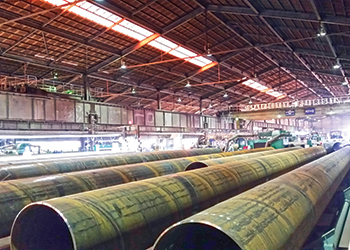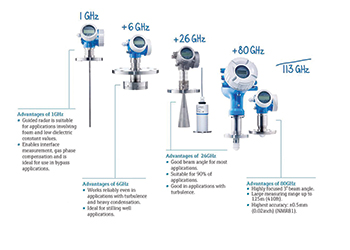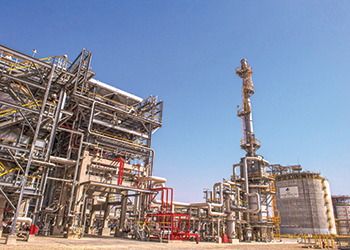
The Saudi Arabian crude export market to the US is one under an unusually high level of observation
Continued weakness in oil prices and Opec’s struggle to significantly cut production, largely a result of increases in Libyan and Nigerian output, has pressured Saudi Arabia to implement the production and export reductions necessary to assist in global crude oil supply/demand rebalancing. Hence, the nation has committed to cutting crude allocations to China, South Korea, the US, India and Japan, among others says Reid I’Anson of Kpler, an intelligence company providing transparency solutions in energy markets.
Saudi Arabia has so far tested its ability to influence crude oil prices by assertively reducing exports in 2017, alongside fellow Opec member nations.
Apart from March and June, every month this year has realised Saudi export declines compared to same month in 2016. The year-over-year declines in April (384 kbd (thousand barrels per day)) and May (532 kbd) were particularly large.
Saudi Arabian exports have generally followed a downward trend since the beginning of 2017. Large month-over-month export declines in April (511 kbd) and May (354 kbd) provide particularly strong downward pressure on said trend and tend to align with the large negative export differentials between 2016 and 2017.
The Saudi Arabian crude export market to the US is one under an unusually high level of observation. For Saudi Arabia to convince the global market that it is truly cutting exports, the US must play a central role in these volume reductions.
Saudi Arabia has indeed been aggressive in cutting exports to the US through the summer months. Between May and August, volume has fallen to 558 kbd down from 947 kbd.
The clear materialisation of Saudi export cuts still leaves an open question regarding destination installations that must bear the brunt of these crude export reductions. Kpler data shows significant decreases in Arab import grades to Port Arthur since the Motiva separation from Shell and Saudi Aramco.
Interestingly, Saudi Aramco owns a large 600 kbd refinery located in Port Arthur. It is possible that the Saudis are deliberately cutting deliveries to their own refineries in order to assist in Opec production cut targets, even with the potential of refinery under-optimisation.
China is the world’s largest crude oil importer and thus, represents an important player in the global market. Saudi Arabia officially announced intentions to limit crude allocations to the nation state beginning in September.
Thus far, exports to China have remained flat, with only slight decreases over the past several months. Saudi Arabia exported 944 kbd to China in July 2017, down from 1,085 kbd in March.
Export differentials reveal that Saudi Arabia has thus far exported slightly more to China in 2017. Through August, Saudi Arabia had exported 51 kbd more to China than in 2016.
Imports of Saudi crude oil into India realised a year-over-year decline of 773 kbd. Much of this decrease was evenly distributed across the first eight months of 2017. It should be noted that India has significantly increased Iranian crude imports following the lifting of sanctions in late 2015, which has likely contributed to reductions in Saudi crude purchases. Iran exported 387 kbd of crude to India in July. Japan is the other country enjoying significant growth in Saudi crude volume, purchasing 1,529 kbd more barrels of crude oil in 2017 compared to the year earlier. Only the month of April realised a negative differential (116 kbd).
It is not surprising that Saudi Arabian exports are falling year-over-year to most nation-states given the Opec production cut agreement in late-2016. Saudi Arabia has taken even further steps reducing nation-by-nation crude allocations and negatively impacting their own refining-system optimisation in order to speed up the global rebalancing process.
The question remains whether non-conforming Opec member nations will simply pick up the export hole and for how long current production cuts will feasibly remain in place.
 |
|
Saudi Arabian crude export differential |



















































































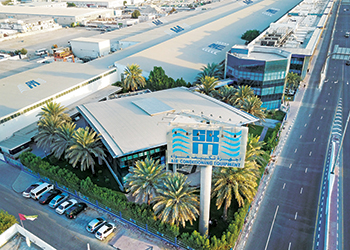


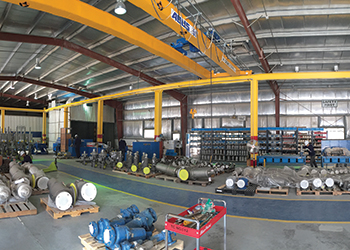
.jpg)



